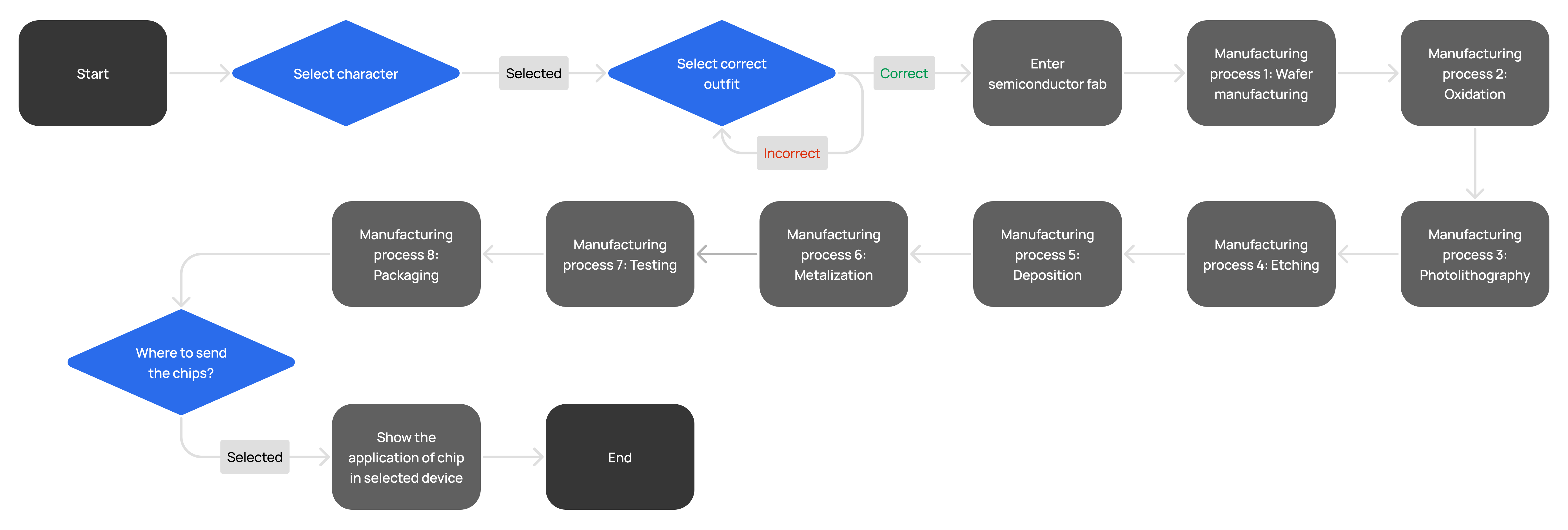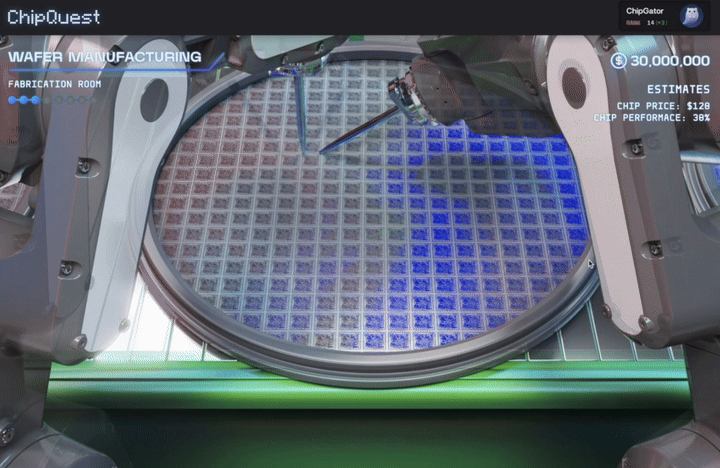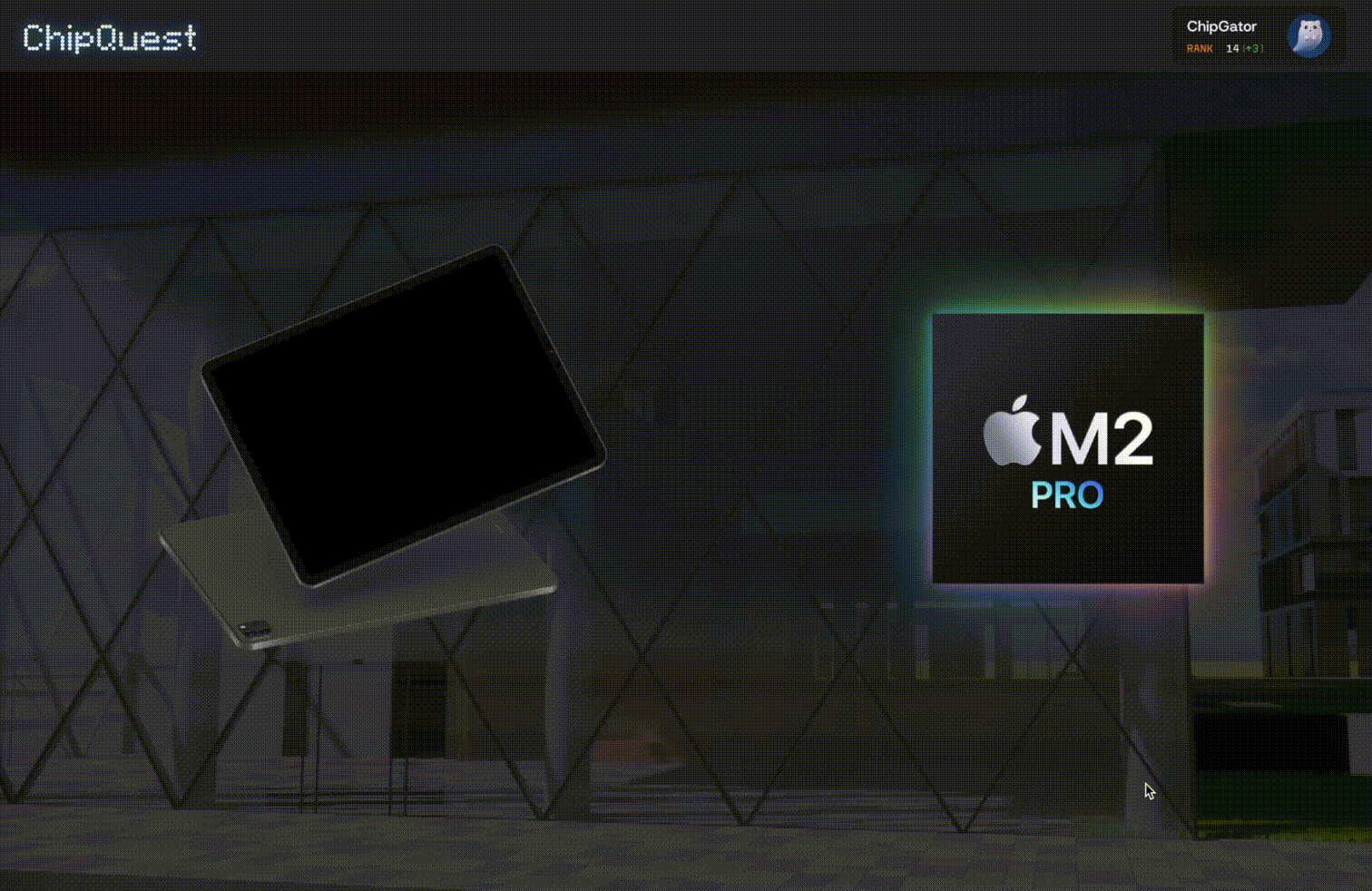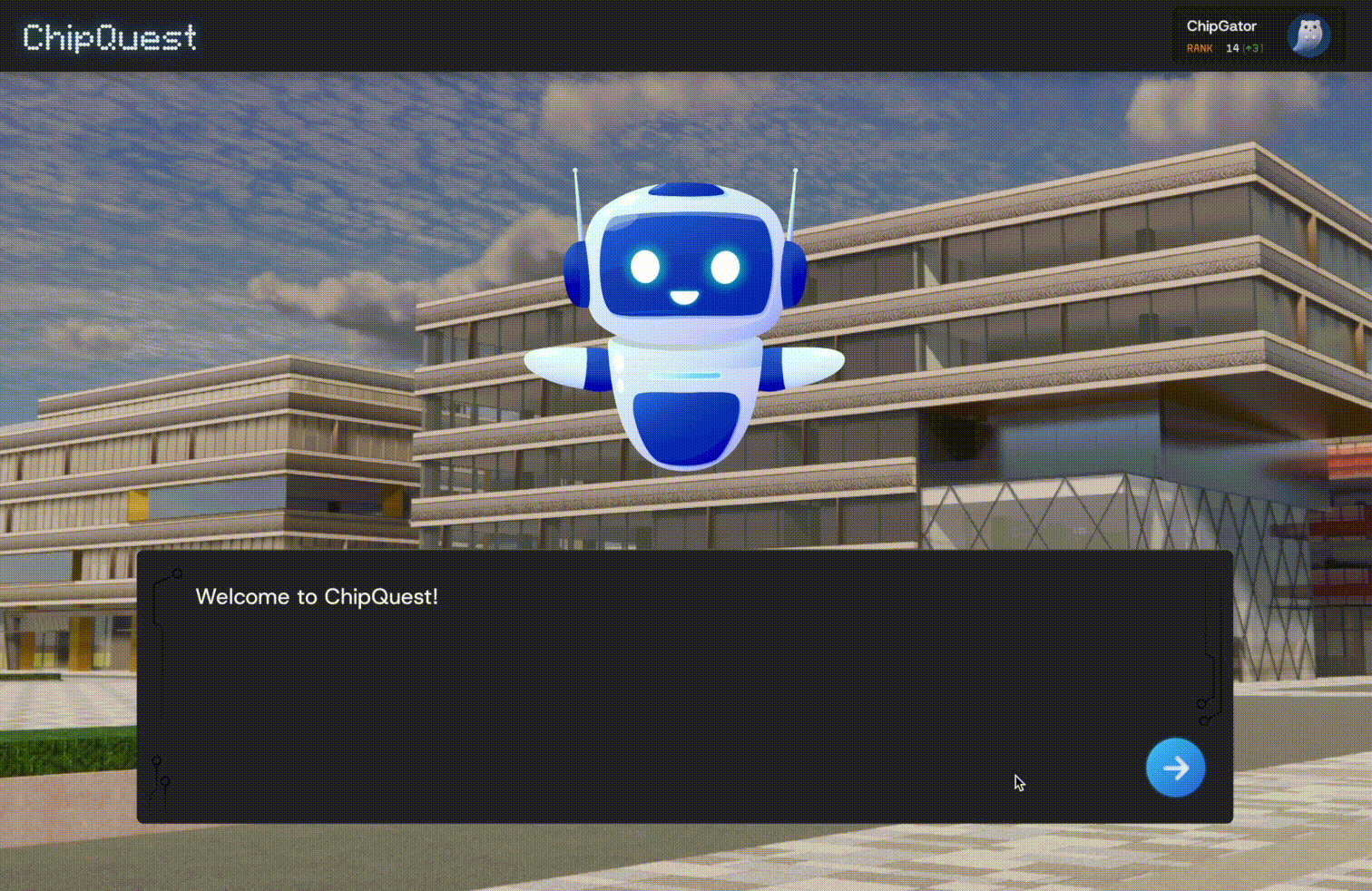
This project was a foundational step in a broader research initiative to address the talent shortage in the semiconductor industry. So the focus was on identifying core problems and generating user insights, as well as proposing design solutions to guide future work. To achieve these goals, I collaborated with a lead UX researcher to conduct qualitative research and translated the findings into design outcomes. This project showcases my ability to analyze complex problems by applying research methods and connect insights to evidence-based design decisions.
The United States has undertaken efforts to restore global competitiveness in the semiconductor industry, competing against Asian counterparts such as Taiwan and South Korea. Despite a substantial $280 billion investment authorized by the CHIPS and Science Act in 2022, the nation still faces an ongoing shortage of skilled labor in the semiconductor sector.

To address this challenge, we set the following goals:
1. Identify the factors that discourage people from pursuing careers in the semiconductor industry
2. Explore how design interventions can lower these barriers and foster interest in the field


To gain deeper insights into the barriers and motivators to entering the industry, we adopted a qualitative approach. I conducted in-depth interviews with engineering students in related fields and semiconductor engineers currently working in the industry. This was to gather perspectives from people at different career stages, ranging from students still exploring their options to professionals already established in the field. I then analyzed the interview transcripts using thematic analysis, working with two UX researchers to derive key findings.
Participants
A total of 12 individuals were recruited for the interviews. Participants included 2 semiconductor engineers based in the U.S. and 11 undergraduate and graduate students studying related majors such as electrical engineering, chemical engineering, and materials science engineering.
Questions
The questions focused on personal career experiences, perceptions of the U.S. semiconductor industry, educational experiences related to semiconductors, and ideas for reaching more students.
Thematic Analysis & Axial coding


To conduct thematic analysis, each UX researcher completed the initial open coding in MAXQDA. Through an axial coding session, we identified common themes and codes. After comparing and refining the generated codes, we proceeded with the second round of open coding with newly defined codes. The following section summarizes the key findings.
Result
Design implication


Part 1: Select character and correct outfit

Part 2: Enter the fab and explore facility

Part 3: Manufacture chips and power device

ChipQuest integrates mini-games to simplify semiconductor manufacturing steps into manageable goals. This 3D interactive virtual game provides a realistic, hands-on experience using state-of-the-art facilities and equipment.


Players are tasked with optimizing essential metrics: chip speed and cost efficiency. Their performances are displayed on a leaderboard. This simulates real-world engineering challenges, enhancing its educational value.
At the end of the game, players send the chips they produced to another manufacturer, where they can observe the impact of their chips. This demonstrates practical applications of semiconductors and helps foster students’ interest by connecting gameplay to tangible outcomes.


An animated pedagogical agent provides instructions and interactive feedback, promoting engagement and fostering empathetic learning connections.
ChipQuest was presented in the poster session at ACM UIST '24, which can be read here.
Our work-in-progress paper at IEEE FIE '24 offers deeper insights into the motivators and barriers to pursuing a semiconductor career.